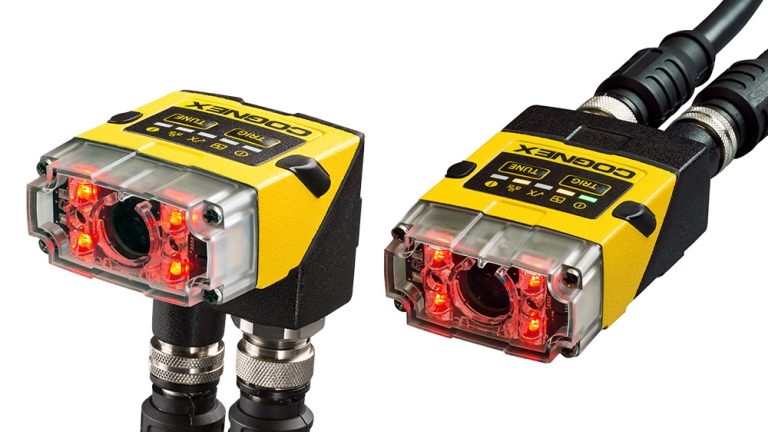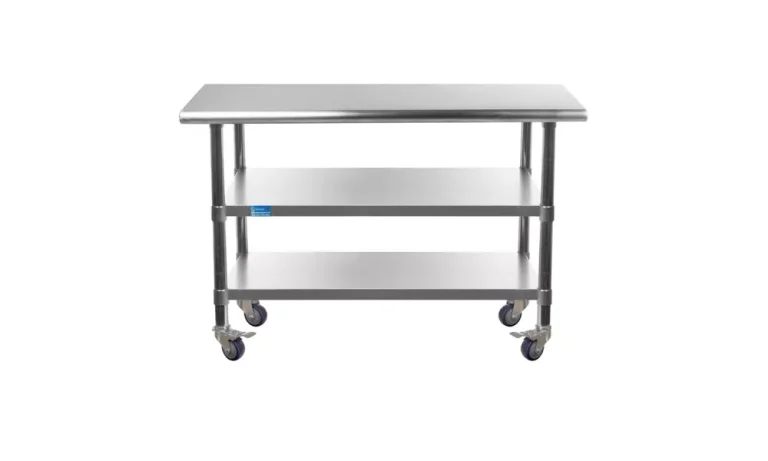In today’s digital-first world, women influencers are among the most powerful voices driving conversations, trends, and consumer behavior. From Instagram and YouTube to TikTok and LinkedIn, female creators inspire millions with their authenticity, expertise, and unique perspectives.
But women influencers are more than trendsetters — they are entrepreneurs, activists, and community leaders who play a vital role in shaping modern culture and digital marketing.
This article explores the importance of women influencers, categories of influence, successful case studies, and how brands can collaborate with them effectively.
Who Are Women Influencers?
A woman influencer is someone who has built a strong online following and uses her platform to share content, promote ideas, or influence purchasing decisions.
They can be:
- Macro-Influencers: 100K – 1M followers.
- Micro-Influencers: 10K – 100K followers.
- Nano-Influencers: Under 10K but highly engaged communities.
- Celebrities & Mega Influencers: Over 1M followers, often global icons.
Women influencers stand out for their ability to connect emotionally with audiences through authenticity and relatability.
Categories of Women Influencers
Fashion Influencers
Setting global style trends, women fashion influencers dominate Instagram and Pinterest.
- Example: Chiara Ferragni, Aimee Song.
Beauty & Lifestyle Influencers
From skincare routines to lifestyle hacks, these influencers build trust with honest reviews.
- Example: Huda Kattan, Jackie Aina.
Fitness & Wellness Influencers
Promoting health, body positivity, and wellness routines.
- Example: Kayla Itsines, Massy Arias.
Food Influencers
Sharing recipes, cooking hacks, and dining experiences.
- Example: Molly Yeh, Tieghan Gerard.
Travel Influencers
Inspiring wanderlust with global adventures.
- Example: Jessica Nabongo, Brooke Saward.
Tech & Business Influencers
Women shaping conversations in entrepreneurship, leadership, and technology.
- Example: Sheryl Sandberg (business thought leader), Marquesha Lawrence (tech creator).
Activists & Thought Leaders
Using influence to promote social justice, feminism, sustainability, and equality.
- Example: Malala Yousafzai, Greta Thunberg.
Why Women Influencers Matter
Authentic Storytelling
Audiences connect deeply with women influencers because they often share personal, relatable stories.
Strong Engagement Rates
Studies show women influencers often achieve higher engagement than male counterparts across lifestyle niches.
Market Shaping Power
They significantly impact industries like beauty, fashion, wellness, and e-commerce.
Community Building
Many women influencers cultivate supportive online spaces that empower their followers.
Representation & Diversity
Women influencers amplify diverse voices, bringing visibility to underrepresented communities.
Case Studies: Successful Women Influencers
- Huda Kattan: Beauty mogul who transformed her blog into Huda Beauty, a billion-dollar cosmetics brand.
- Emma Chamberlain: YouTube star who evolved into a fashion and lifestyle icon.
- Greta Thunberg: From student activist to global climate change influencer.
- Lilly Singh: From comedy YouTuber to late-night TV host and author.
These examples show how women influencers use digital platforms to create businesses, inspire change, and shape culture.
How Brands Work with Women Influencers
For businesses, collaborating with women influencers can be a game-changer. Here’s how:
- Identify the Right Fit: Match influencers with your brand values and audience.
- Leverage Micro-Influencers: Smaller influencers often have stronger engagement.
- Offer Creative Freedom: Authentic content performs better than forced ads.
- Measure ROI: Track conversions, engagement, and brand awareness.
- Focus on Long-Term Partnerships: Build trust with ongoing collaborations.
Conclusion
Women influencers are more than content creators — they are trendsetters, leaders, and changemakers shaping industries and communities. From beauty and fashion to tech and activism, women continue to dominate the influencer landscape with creativity, authenticity, and impact.
For brands, collaborating with women influencers offers a unique opportunity to connect with diverse audiences, drive engagement, and create meaningful campaigns. As digital influence grows, women will remain at the forefront of shaping conversations and inspiring change.
FAQs
1. Who are the most popular women influencers in 2025?
Some top names include Huda Kattan, Chiara Ferragni, Emma Chamberlain, and Greta Thunberg.
2. Why do women influencers have high engagement rates?
Because they often share authentic, relatable content that resonates with their audiences.
3. How do brands choose the right women influencers?
By analyzing audience demographics, niche, engagement, and alignment with brand values.
4. Can micro women influencers be more effective than mega influencers?
Yes. Micro-influencers often have more loyal and engaged followers, making them powerful for niche campaigns.
5. What industries do women influencers dominate?
Fashion, beauty, wellness, lifestyle, food, travel, and increasingly tech and business.
Also read: Range of BB Gun vs Airsoft Gun: Key Differences Explained




Leave a Comment